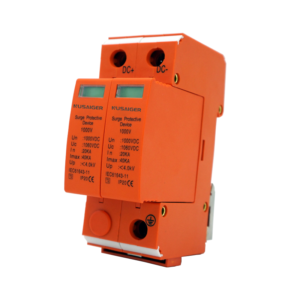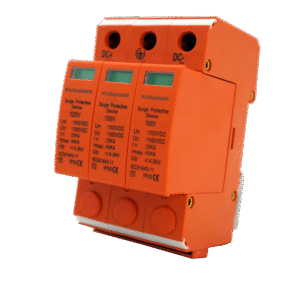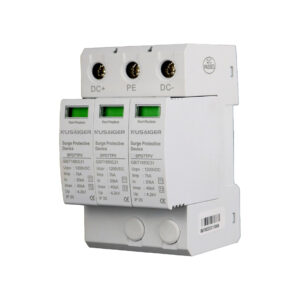Introduction
One of the most debated topics in electrical engineering is the choice of material for busbars: copper or aluminum? Each material offers unique benefits, and the decision can significantly affect your system’s efficiency, durability, and cost.
Comparing Electrical Conductivity Copper has a higher electrical conductivity than aluminum, allowing it to carry more current per cross-sectional area. However, this does not automatically make copper the best choice for every application.
Copper Busbars: Pros and Cons Advantages:
Excellent conductivity
High tensile strength
Superior resistance to oxidation and corrosion
Smaller physical footprint due to higher current capacity Disadvantages:
Higher material cost
Heavier and more difficult to handle
Aluminum Busbars: Pros and Cons Advantages:
More affordable than copper
Lightweight and easier to install in large systems
Adequate conductivity for many low-to-medium voltage applications Disadvantages:
Lower conductivity than copper
Requires special connectors and anti-oxidation paste
More prone to galvanic corrosion when paired with dissimilar metals
When to Use Copper vs. Aluminum
Use Copper When: High reliability, long-term performance, or compact design is needed (e.g., hospitals, data centers).
Use Aluminum When: Budget constraints are significant or in large-scale installations where weight matters (e.g., solar farms).
Cost vs. Performance While copper offers better performance, the cost savings from aluminum can justify its use in many applications, especially when budget and scale are critical factors.
Conclusion
There is no one-size-fits-all solution. Both copper and aluminum have their place in electrical busbar systems. Understanding your project’s specific requirements will guide you to the most suitable choice.



